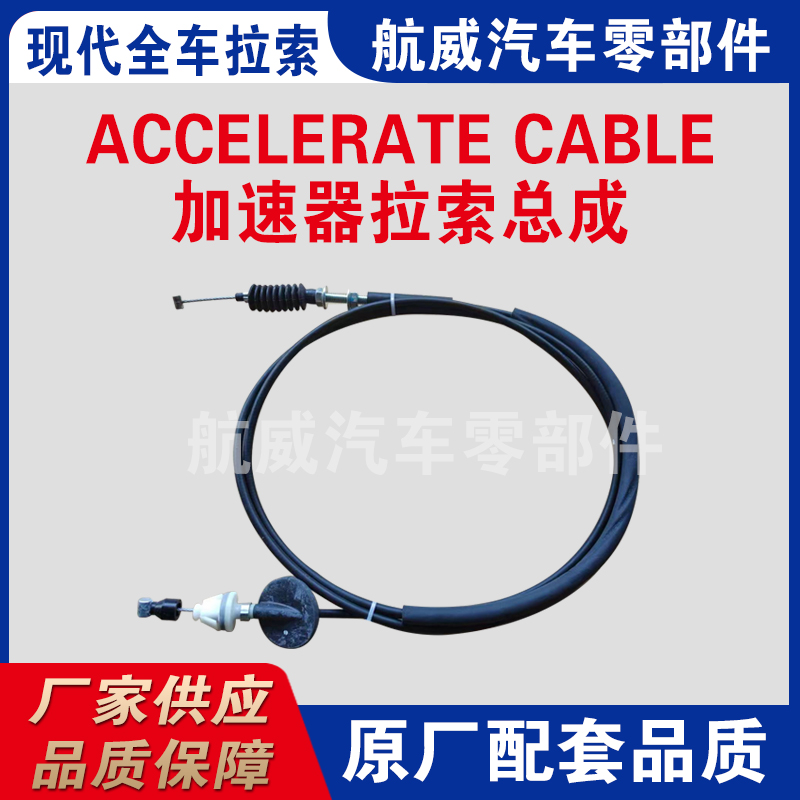clutch fluid hose
Understanding Clutch Fluid Hoses Importance, Function, and Maintenance
The clutch system in a vehicle is a critical component that allows for smooth gear transitions and effective control over power delivery from the engine to the wheels. One essential part of this system is the clutch fluid hose. Often overlooked, this small yet vital component plays a significant role in the overall performance of a vehicle. In this article, we will explore the function of clutch fluid hoses, their importance, and how to maintain them to ensure the longevity and efficiency of your vehicle's clutch system.
What is a Clutch Fluid Hose?
A clutch fluid hose is a flexible tube that connects the clutch master cylinder to the clutch slave cylinder. Its primary function is to transmit hydraulic fluid under pressure, which allows the clutch to engage and disengage smoothly. When the driver presses the clutch pedal, the master cylinder generates pressure that pushes hydraulic fluid through the hose to the slave cylinder. This action moves the clutch release bearing, which disengages the clutch plate from the flywheel, enabling the driver to shift gears seamlessly.
Importance of Clutch Fluid Hoses
The clutch fluid hose may seem insignificant compared to other components in the clutch system, but its importance cannot be overstated. Firstly, it ensures the effective transfer of hydraulic pressure, which is necessary for clutch operation. A malfunctioning or damaged hose can lead to reduced hydraulic pressure, resulting in clutch slippage or complete failure to disengage, making it nearly impossible to shift gears.
Secondly, the clutch fluid hose is designed to withstand high pressure and temperature fluctuations. Owing to these conditions, hoses can degrade over time, leading to leaks or bursts. This deterioration can lead to air entering the hydraulic system, causing a loss of pressure and resulting in inconsistent clutch performance.
Signs of a Failing Clutch Fluid Hose
Being aware of the signs of a failing clutch fluid hose can help you address issues before they escalate into more serious problems
. Some common indicators include1. Difficulty Shifting Gears If you notice that shifting gears has become increasingly challenging, it could be a sign that the clutch fluid hose is compromised.
2. Soft or Spongy Clutch Pedal A clutch pedal that feels soft or spongy might indicate a fluid leak or air in the hydraulic system, often caused by a failing hose.
clutch fluid hose

3. Visible Leaks Any fluid leaking around the clutch master or slave cylinder area could point to a damaged hose. Hydraulic fluid typically has a distinct smell and a clear appearance.
4. Inconsistent Clutch Engagement If the clutch engages at irregular points during pedal release, it may be an indication of pressure loss due to a faulty hose.
Maintaining Clutch Fluid Hoses
To ensure that your clutch fluid hoses remain in good condition, regular maintenance is key. Here are some essential tips
1. Inspect Regularly Periodically inspect the hoses for signs of wear, cracks, or bulges. If you notice any damage, it is best to replace the hose immediately.
2. Check Fluid Levels Regularly checking the clutch fluid levels in the reservoir can help identify leaks early. Keep the fluid topped up to avoid air from entering the system.
3. Flushing the System It is advisable to flush the hydraulic system and replace the fluid every few years, depending on the manufacturer’s recommendations. Old fluid can cause corrosion and deterioration of the hose.
4. Professional Servicing If you're not comfortable performing these inspections and maintenance tasks yourself, consider taking your vehicle to a professional mechanic. They can provide a thorough check-up of the clutch system, including the hoses.
Conclusion
In conclusion, the clutch fluid hose might not be the most glamorous part of your vehicle, but it is undoubtedly one of the most critical components. Understanding its function, importance, and maintenance will enable vehicle owners to ensure the longevity of their clutch system. By being vigilant for signs of wear and performing regular checks, you can maintain optimal performance and prevent costly repairs down the road. Remember, taking care of the smaller components in your vehicle can lead to a safer and more enjoyable driving experience.
-
Upgrade Your Vehicle with High-Quality Handbrake CablesNewsNov.01,2024
-
Optimize Your Bike's Performance with Quality CablesNewsNov.01,2024
-
Enhance Your Vehicle's Performance with Quality Clutch ComponentsNewsNov.01,2024
-
Elevate Your Vehicle's Performance with Quality Throttle CablesNewsNov.01,2024
-
Elevate Your Vehicle's Performance with Quality CablesNewsNov.01,2024
-
Affordable Solutions for Your Cable NeedsNewsNov.01,2024
